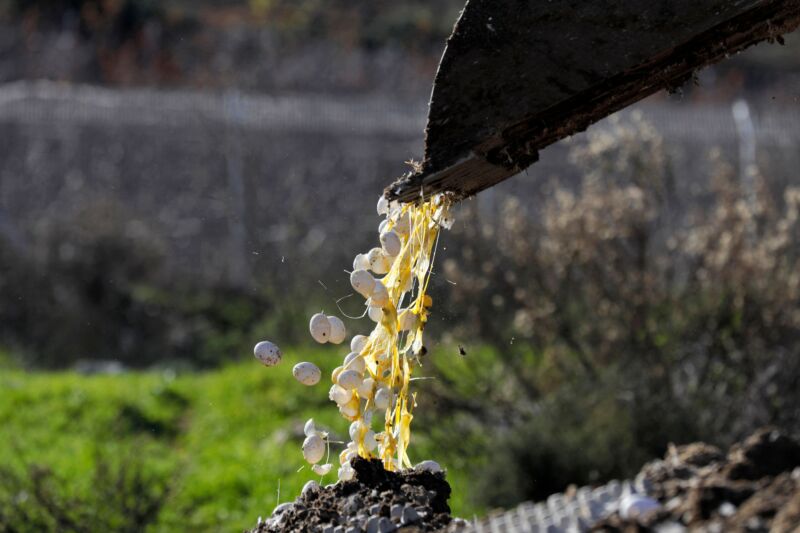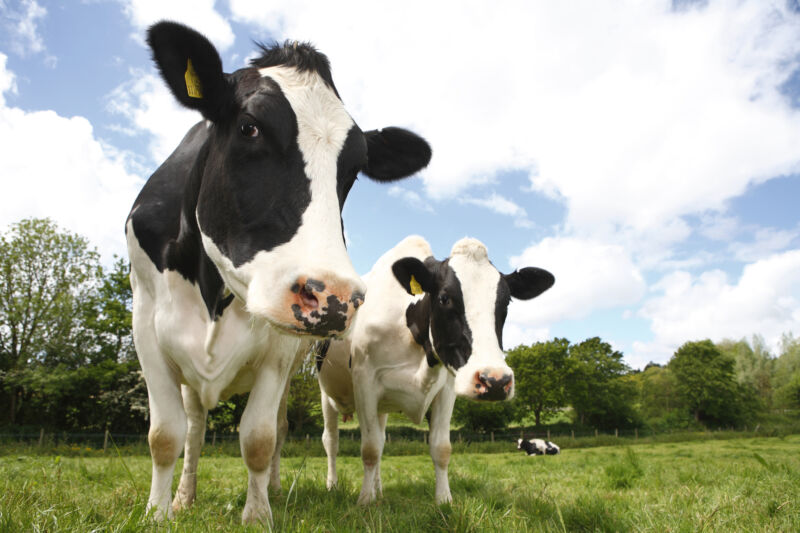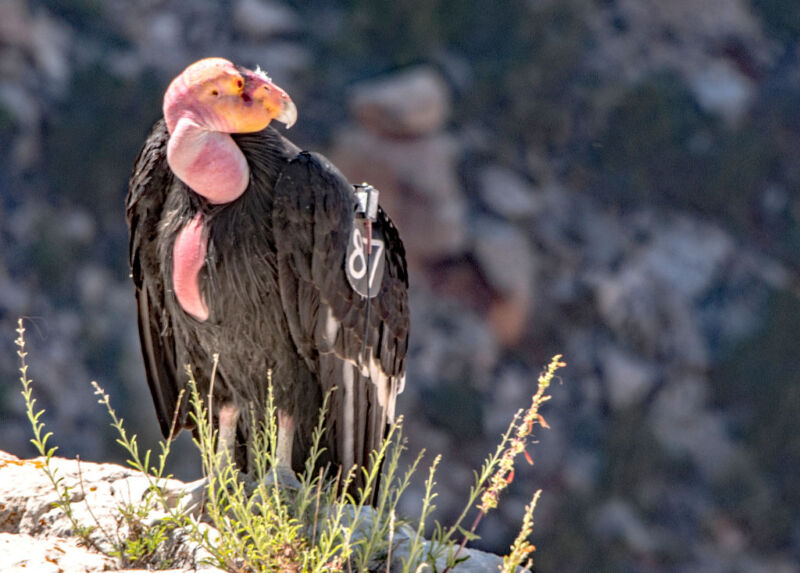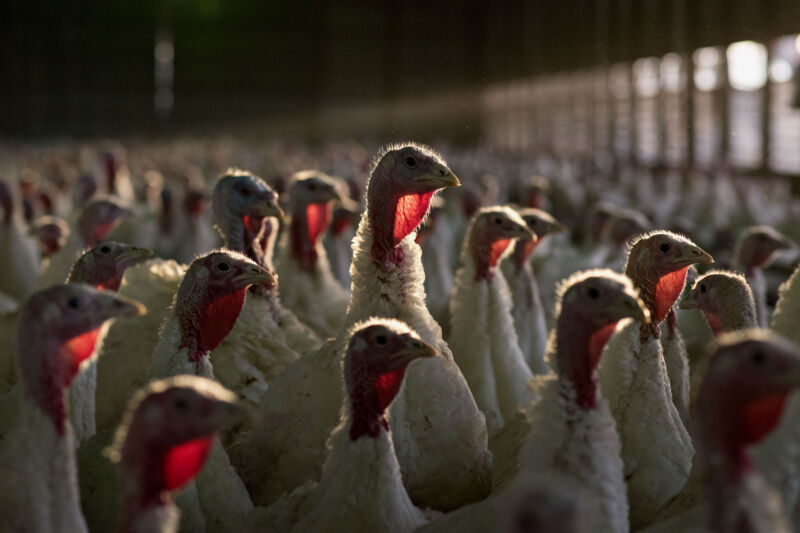-
 chevron_right
chevron_right
Bird flu flare: Cattle in 5 states now positive as Texas egg farm shuts down
news.movim.eu / ArsTechnica · Wednesday, 3 April - 22:16 · 1 minute

Enlarge / Chicken eggs are disposed of at a quarantined farm with bird flu in Israel's northern village of Margaliot on January 3, 2022. (credit: Getty | JALAA MAREY )
The flare-up of highly pathogenic bird flu continues to widen in US livestock after federal officials confirmed last week that the virus has spread to US cows for the first time. The virus has now been detected in dairy cows in at least five states , a single person in Texas exposed to infected cows, and an egg farm in Texas, all spurring yet more intense monitoring and biosecurity vigilance as the situation continues to evolve.
As of Tuesday, seven dairy herds in Texas, two in Kansas, and one each in Idaho, Michigan, and New Mexico had tested positive for the virus. The affected dairy herd in Michigan had recently received cows from one of the infected herds in Texas. It remains unclear if there is cow-to-cow transmission of the flu virus.
The virus—a highly pathogenic H5N1 avian influenza or HPAI—has been devastating wild birds worldwide for the past several years. Throughout the devastating outbreak, the flu virus has spilled over to various species , including big cats in zoos, river otters, bears, dolphins, seals, squirrels, and foxes. While cows were an unexpected addition to the list, federal officials noted last week that affected dairy farms had found dead wild birds on their farms, suggesting that wild birds introduced the virus to the cows, not an intermediate host.




